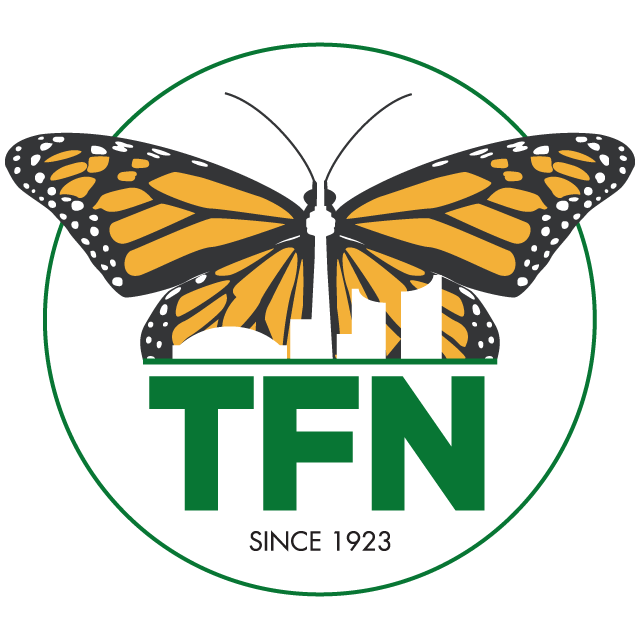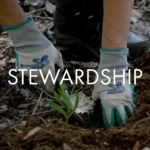Jason Ramsay-Brown talks about Gates Gully: the location of the ravine, its history (including tales of treasure) and the plants and wildlife found there.
Bruce Thompson describes minks, where they are found, their varied diet and how the species is doing.
Jason Ramsay-Brown talks about the evolutionary advantages of seeds over spores, including 31,000-year-old seeds brought to life and acorns from destroyed Vimy oak forests.
Nancy Dengler describes some medicinal plants and their habitat, the chemicals produced by plants and their effects on insects vs humans, and growing them at home.
Jason Ramsay-Brown talks about Common Milkweed, the origin of its scientific name, its vital importance to monarch butterflies, and its cultural history.
Ellen Schwartzel describes Red-backed Salamanders: how they differ from other salamanders, where they’re found, and their importance in an ecosystem.
Jason Ramsay-Brown tells us where to find Beechwood Wetland, the history of its development and remediation, stewardhsip activities, and what can now be found there.
Bob Kortright describes lichen, a symbiosis of fungi and algae, and moss, why they are important, and where to find them.
Bruce Thompson identifies poison ivy, its habitat, the effects of contact on human skin, and what to do if you've come into contact with the plant.
Susan Grimbly describes opossums, when they started arriving in Toronto, where they are seen, and their diet (which includies ticks).
Bob Kortright defines the term, describes Toronto's biodiversity, how each species plays its part in an ecosystem, and the impact of biodiversity loss.
Bruce Thompson describes goldenrods, their insect-borne pollen, ecological and herbal medicine benefits. The Ragweed plant with its air-borne pollen is reallly the culprit when it comes to allergies.
Jason Ramsay-Brown explains the Fibonacci sequence and how it appears in nature.
Nancy Dengler describes pussy willow, its importance to early pollinators, and its medicinal value.
Jason Ramsay-Brown talks about the origin of Earth Day, activities and events in the GTA on April 22nd, and throughout the year.
Ellen Schwartzel talks about salamanders, in particular Jefferson salamandersand their unique life-cycle.
Nancy Dengler talks about warm-blooded plants, in particular, the skunk cabbage: how it produce heat, the appeal of its smell, and how and where to find one.
Jason Ramsay-Brown talks about the history and importance of beavers in the GTA, human impact on their habitat, how to manage their effects, and where to find them.
Bob Kortwright talks about fungi and slime molds: what they are, the differences between the two, and some examples.
Bruce Thompson talks about spring's arrival and how all of nature reacts: what you can see and where.








